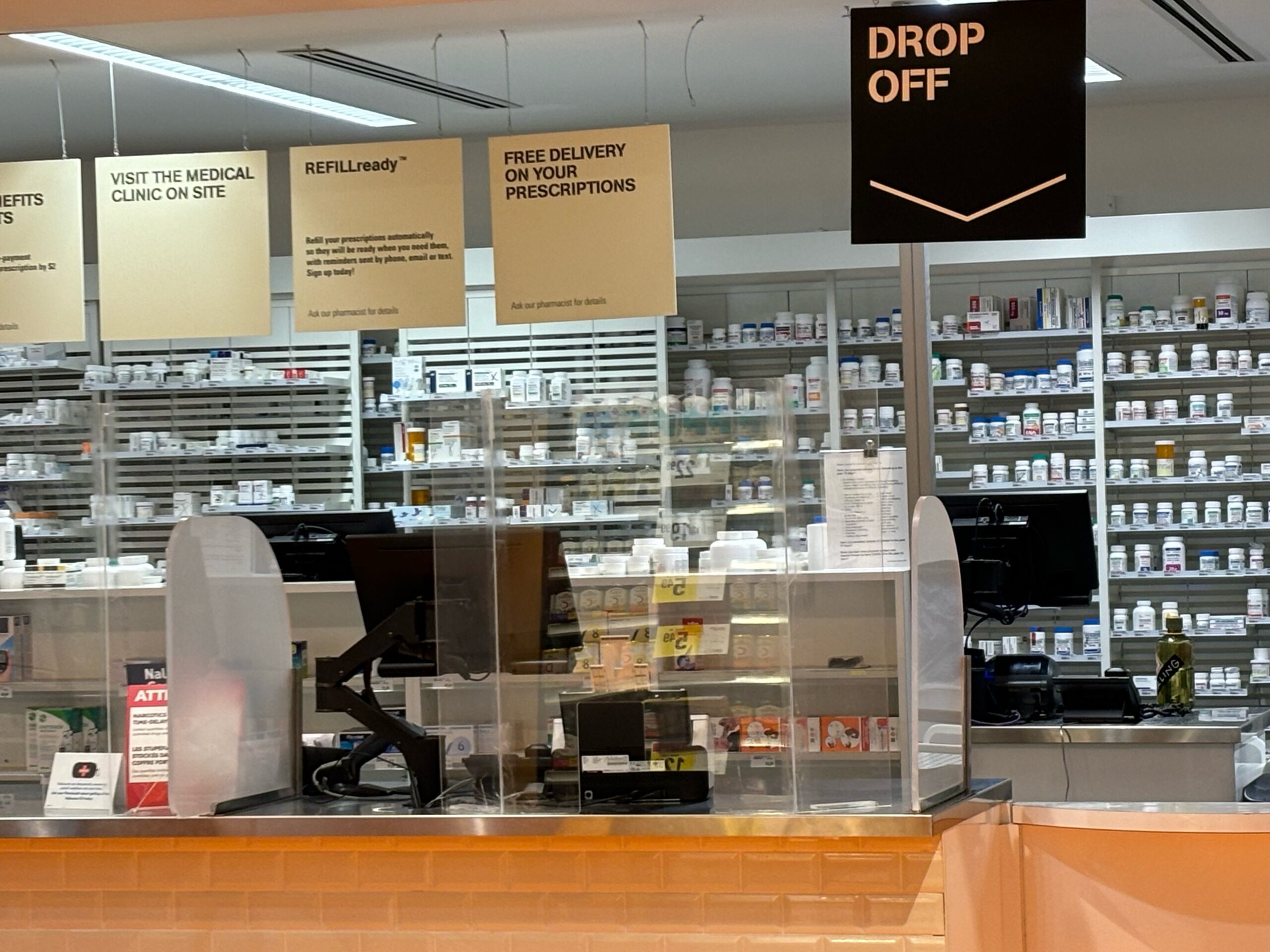
Listen to the full story here:
The federal government tabled a highly anticipated national pharmacare plan on Feb. 27th. The legislation, supported by the federal NDP party, will cover diabetes and birth control medication in its initial phases.
According to the Government of Canada website, one in four Canadians living with diabetes have reported not taking prescription drugs due to the high cost. Allowing greater access to prescription drugs will aid in the health of 3.7 million Canadians living with diabetes. As well as, nine million Canadians of reproductive age will have greater access to contraception and reproductive drugs and devices.
According to Melina Albanese, a Ph.D. candidate studying epidemiology at the University of Toronto, the cost is one of the critical reasons associated with Canadians accessing effective contraception medication.
“We see that young, low-income women are less likely to use effective contraception methods and even more likely not to use any contraception due to the high costs of obtaining these resources. Many women are still opting for condoms and the ‘pulling out’ method, even though their failure rate is much higher,” says Albanese.
Navi Kaur is one of many Canadians looking forward to the new pharmacare plan. She believes that birth control drugs and reproductive devices should be universally accessible for all Canadians, especially for people from marginalized and racialized communities.
“As a woman of colour and a university student, acquiring birth control has been an uphill battle. The stigma surrounding contraception drugs and reproductive resources is challenging, especially for people like myself who are from a racialized community,” said Kaur.
Albanese adds that particular racialized people and socio-economic groups are often more likely to use less effective contraception use or no contraception at all.
According to Health Canada, the most critical barrier to accessing contraceptive drugs and devices is the cost. Oral contraceptives are priced at approximately $25 for a month of medication— about $300 annually — while devices such as IUDs, which can be effective for up to five years, are priced around $500 per unit.
“Spending hundreds of dollars a year on health resources such as birth control can really take a toll on someone. Especially young women like myself who are also going through schooling,” added Kaur.
Leanne Rossi is one of many Canadians living with diabetes.
“The cost of prescription drugs is unaffordable. Factoring in the fact that I work minimum wage and live in one of the most expensive cities in the country, I can say I’m guilty of not always taking my medication or rationing my medication to last longer simply because I cannot afford the drugs,” said Rossi.
She recalls how expensive prescription drugs are for low-income households. As many as 25 per cent of Canadians living with diabetes revealed their treatment plans were affected by the high prices of medications, and some people rationed out their medication, according to the Canadian government’s website.
“Insulin can cost thousands of dollars a year; the cost differs from person to person. My health is very critical due to my age and pre-existing medical issues. I was spending almost a third of my monthly salary on my medication,” said Rossi.
Federal Health Minister Mark Holland hopes to establish a committee of experts to look at the plan’s logistics moving forward and, at the same time, work with provinces, territories and Indigenous peoples to improve the plan’s accessibility.
Albanese hopes that other prescription drugs, such as mental health drugs, will soon be covered in the coming years.
Steven Buttar is a fourth year journalism student at Toronto Metropolitan University. He is working with On The Record for his last semester of journalism school.
This article may have been created with the use of AI tools such as
Steven Buttar is a fourth year journalism student at Toronto Metropolitan University. He is working with On The Record for his last semester of journalism school.

